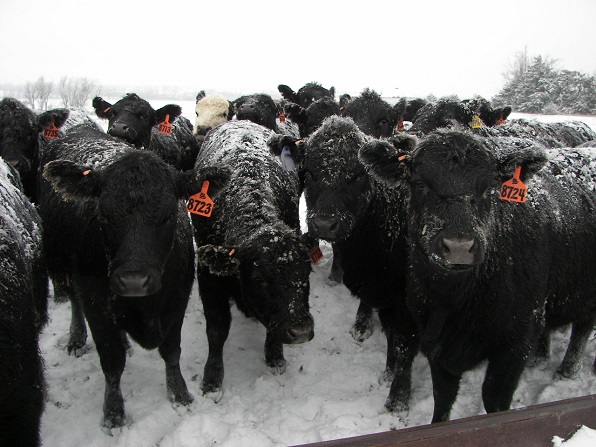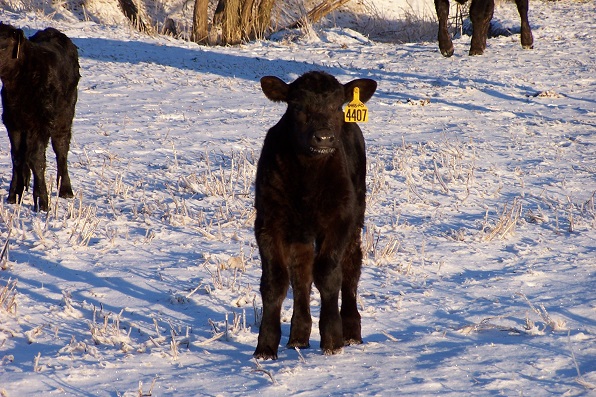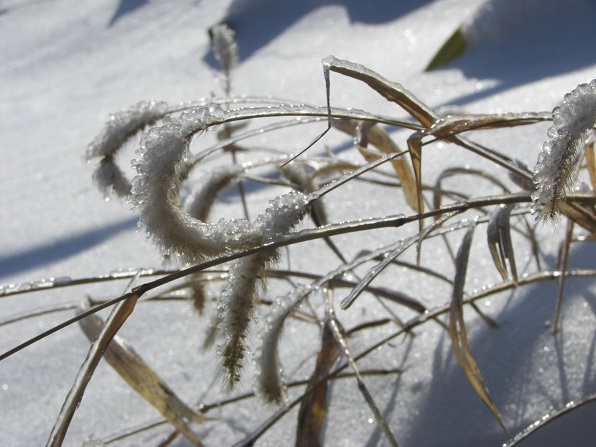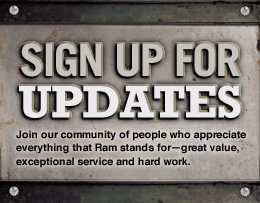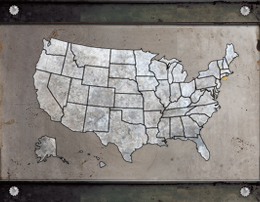Welcome back to RamZone’s Year of the Farmer guest blogger series, where stories of life on the American farm are offered up by the people most qualified to tell them—American farmers. The goal of the series, of course, is to raise awareness during the Year of the Farmer of the values, ideals and simple pleasures associated with the farming life.
Last month, guest blogger Kelsey Pope wondered what farming might look like for the generations to come. This month, returning blogger Debbie Lyons-Blythe shares an intimate portrait of family life on the farm during a typical winter morning.
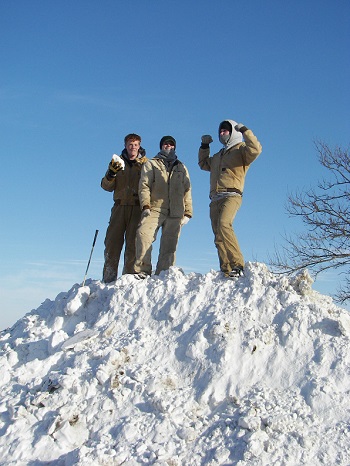 A Typical Winter Morning on the Farm
A Typical Winter Morning on the Farm
By Debbie Lyons-Blythe
A typical winter morning on the farm is often accompanied by these words: “Winter weather warning for this county. Blowing snow, icy roads, school is canceled.” The list of schools closings and canceled events scrolls across the bottom of the newscast as the kids and I sit snuggled under blankets sipping hot chocolate, hoping to see our school listed. “THERE IT IS! Great!”
For most families, the term “snow day” means a day to stay home, playing games, taking naps and generally snuggling out of the storm. But for my family, it means that the work is tripled or maybe even worse!
Winter on the farm can be beautiful, but it also means a lot of work. Animals come first and in the winter we don’t only feed them, we also move snow and build windbreaks to provide them a warm place. It is not feasible to put 500 head of cattle in a barn…that barn would be huge! Luckily, cattle thrive in cold. If you can keep a cow dry and provide her with plenty of feed and fresh water to drink, she will be happy in the cold.
So, when school is canceled because of a winter storm, everybody bundles up in layers of long underwear, sweatpants and coveralls, scarves, hats and gloves and we head out to care for the cattle.
For many reasons we choose to have our cows calve starting in late February and through March and April. Usually the snow we receive in February isn’t deep and doesn’t stick around long. But last year, we were hit by a big storm right in the middle of calving. The forecasters predicted it way in advance, and we did our best to be ready for it. We moved cattle to more protected locations, made sure they all had extra feed and readied the tractors to move snow. But we still had a huge day taking care of everything once the storm arrived.
A number of years ago, I remember a storm that hit on Christmas Eve. Even though Santa had left presents under the tree during the night, the whole family—five kids and Mom and Dad—worked all day to care for the cattle. By the time we came inside, we were exhausted and left the present-opening until the next day when we had a bit more energy. Animals come first, as they depend on us to provide them shelter and feed. We understand that responsibility and, as ranchers, we take it very seriously.
Visit Life on a Kansas Cattle Ranch for more writing from Debbie Lyons-Blythe.
This guest blogger was compensated by Ram Trucks.













